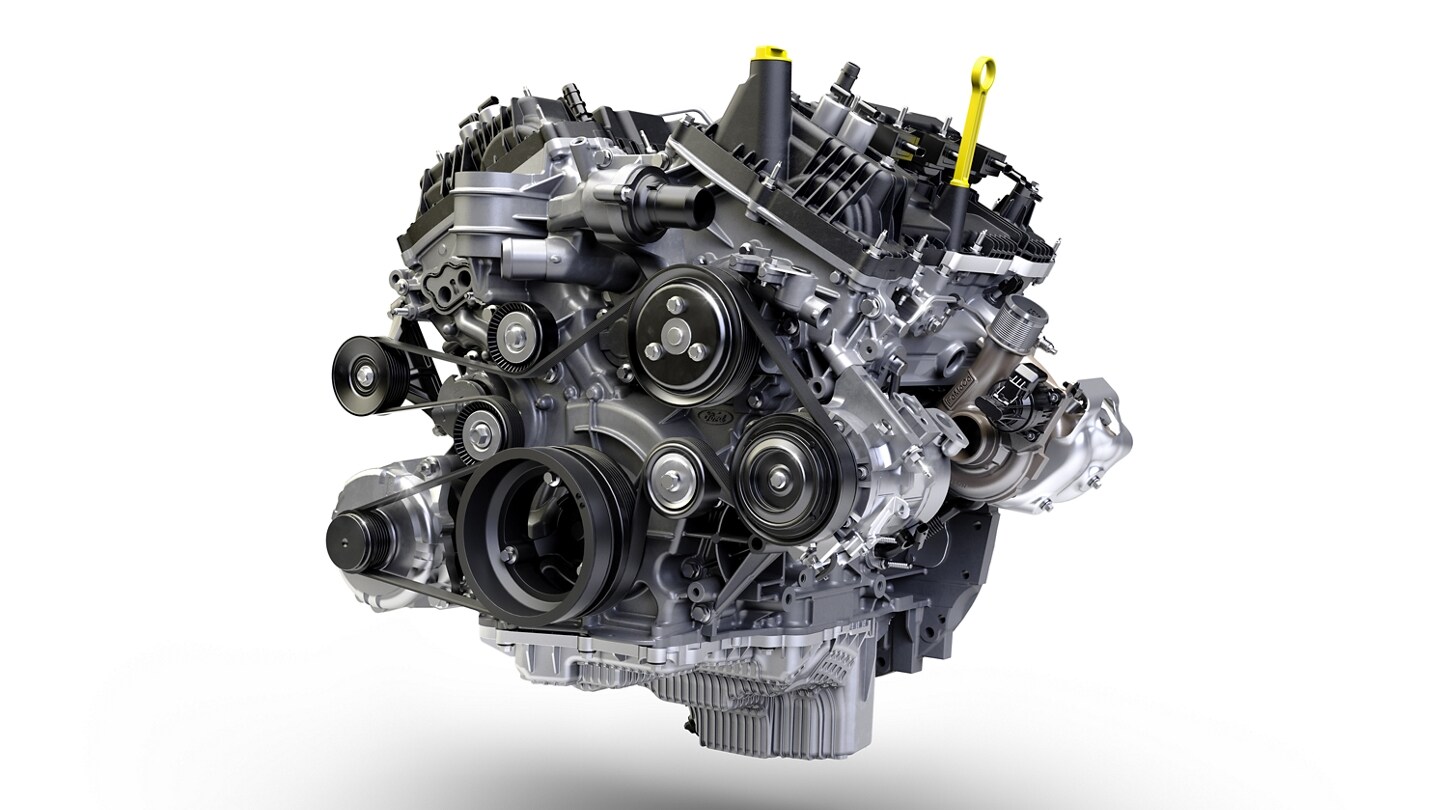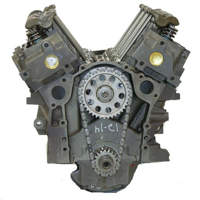Recognizing the Basics of Cars And Truck Engines: Kinds, attributes, and functions

Summary of Auto Engines
An automobile engine serves as the heart of a car, transforming fuel into power to drive it forward. This detailed system comprises different parts that operate in unison to ensure ideal efficiency and performance. The fundamental operation of a cars and truck engine includes the internal combustion process, where fuel and air are blended, sparked, and gotten rid of to develop power.
The engine's design can substantially affect its efficiency, gas efficiency, and discharges. Secret parts consist of the cyndrical tube block, pistons, crankshaft, and camshaft, each playing a crucial duty in the engine's overall function. The cylinder block houses the cylinders where combustion occurs, while the pistons convert the eruptive power from burning right into direct movement. This movement is then transformed into rotational energy by the crankshaft, enabling the vehicle's wheels to transform.
In addition to these parts, engines usually use various systems such as gas injection, ignition, and cooling down systems to improve performance and longevity. Understanding the fundamental auto mechanics of vehicle engines is important for executing and detecting problems upkeep, eventually adding to the lorry's integrity and performance in time.

Kinds of Auto Engines
Cars and truck engines can be classified into numerous types based upon their style, fuel type, and functional concepts. 2.2 ford ranger engine. One of the most common groups include interior combustion engines (ICE), electrical engines, and crossbreed engines
Inner burning engines, which can be additional separated right into gasoline and diesel engines, operate by stiring up a fuel-air combination to create power. Fuel engines are usually lighter and smoother, while diesel motor are extra fuel-efficient and offer greater torque.
Electric engines utilize electrical power saved in batteries to power an electrical motor, providing instant torque and zero emissions throughout procedure. As modern technology breakthroughs, electrical lorries (EVs) are significantly coming to be prominent for their environmental benefits and lower running prices.
Crossbreed engines integrate aspects of both internal combustion and electrical engines, permitting for adaptable source of power and enhanced fuel performance. They can run in different modes, utilizing either the fuel engine, the electrical motor, or both simultaneously.
Each type of engine has distinctive benefits and negative aspects, influencing their application in different lorry kinds and market sections, from compact vehicles to heavy-duty vehicles. Comprehending these types is essential for making informed choices relating to car selection and efficiency expectations.
Engine Functions Clarified
Recognizing engine functions is crucial for comprehending how automobiles run effectively. At the core of any kind of internal burning engine exists the fundamental process of transforming fuel right into mechanical energy.
The ignition happens following, igniting the mix and developing a fast development of gases. This pressure drives the piston down during the power stroke, which eventually equates right into the rotational movement of the crankshaft. The exhaust stroke after that removes the invested gases from the chamber, making means for a new cycle to commence.
Along with these main functions, engines additionally include systems that manage cooling and lubrication, making certain optimal operational temperatures and decreasing rubbing in between relocating components. This intricate interplay of functions enables the engine to generate the power required for car propulsion while preserving performance and integrity. Recognizing these features offers useful understanding into the try this complexities of auto design and boosts the capacity to identify and attend to engine-related problems successfully.
Key Engine Functions
Engine style encompasses numerous vital functions that considerably influence efficiency, longevity, and effectiveness. Among the most critical facets is the engine configuration, that includes inline, V-type, and level layouts. Each arrangement influences the engine's dimension, balance, and power result, thus impacting general vehicle dynamics.
Another important attribute is the engine displacement, referring to the complete volume of all cyndrical tubes. Larger variations generally produce even more power but might jeopardize fuel effectiveness. Engine products also play an essential duty; lightweight and high-strength products, such as light weight aluminum and magnesium alloys, enhance performance without including excessive weight.
The sort of fuel injection system used-- such as multi-port or direct shot-- influences combustion effectiveness and emissions. Turbocharging and turbo charging are functions that enhance engine performance forcibly added air right into the combustion chamber, boosting power result without significantly enhancing engine size.
Last but not least, the visibility of sophisticated engine administration systems maximizes fuel-air combination company website and ignition timing, adding to smoother procedure and better fuel economic climate. Jointly, these functions specify an engine's capacities, establishing the structure for its efficiency and durability in a competitive vehicle landscape.
Maintenance Tips for Engines
Appropriate engine maintenance is important for guaranteeing optimal performance and durability, as neglecting routine treatment can bring about substantial concerns down the line. To keep your engine efficiently, begin with regular oil changes, typically every 3,000 to 7,500 miles, relying on the type of oil made use of. Fresh oil lubricates engine parts, lowering rubbing and wear.
Additionally, checking coolant levels is essential to avoid overheating. Ensure that the coolant is topped up and remains in great problem to keep reliable temperature level regulation. Regularly examine and replace air and gas filters, as blocked filters can prevent airflow and fuel shipment, endangering engine efficiency.
Furthermore, take note of trigger plugs and ignition systems. Worn or damaged stimulate plugs can lead to misfiring and minimized performance. Checking the battery terminals and connections for corrosion is additionally essential, as a weak battery can impact engine starting.

Conclusion
In summary, a detailed understanding of automobile engines encompasses numerous kinds, features, and crucial functions that considerably affect automobile performance. Inner burning engines, along with electrical and hybrid options, demonstrate diverse devices for energy conversion. 2.2 ford ranger engine. Identifying the necessary functions, such as consumption and exhaust cycles, together with important engine attributes like setup and fuel injection systems, gears up auto proprietors with the understanding needed for effective upkeep and procedure, ultimately boosting vehicle longevity and performance
A car engine serves as the heart of a car, transforming fuel right into mechanical energy to push it forward. The basic procedure of an auto engine entails the internal burning process, where gas and air are combined, ignited, and expelled to create power.
Routinely inspect and change air and fuel filters, as stopped up filters can impede airflow and gas delivery, endangering engine efficiency. - 2.2 ford ranger engine
In summary, an extensive understanding of automobile engines incorporates various kinds, features, and crucial features that dramatically influence vehicle performance. Acknowledging the necessary features, such as consumption and exhaust cycles, alongside important engine functions like setup and gas shot systems, outfits automobile proprietors with the knowledge essential for efficient upkeep and procedure, ultimately improving car durability and effectiveness.